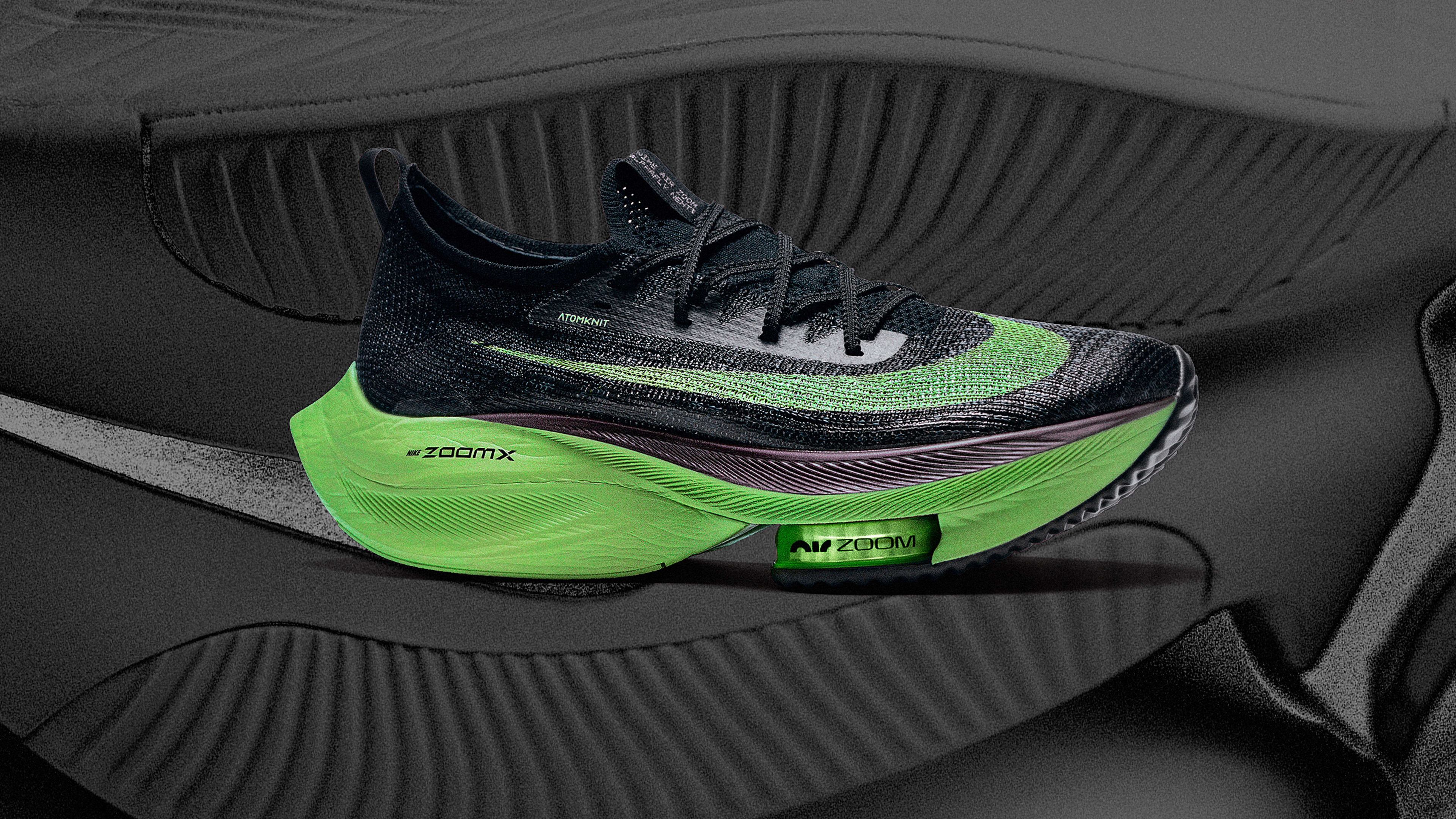The Nike Vaporfly 4% shoe is fast. It enables you to run 4% to 6% faster than your average shoe thanks to a carbon fiber plate and dense, energy-returning foams. These technologies tipped the scales for Kenyan runner Eliud Kipchoge to break the two-hour marathon last year when he wore an advanced prototype version of the shoe called the Air Zoom Alphafly Next%—which featured a carbon fiber plates inside, alongside Nike Air cushioning.
The shoe was so fast that, last month, rumors started swirling that the international governing body of track and field, World Athletics, would ban the shoe from future competition. That didn’t quite come to pass. But World Athletics is banning a new version of the shoe, called the Viperfly, which was designed for the 100-meter dash and which Nike plans to update to meet the new regulations in time for the 2020 Summer Olympics.
According to the New York Times, the new rules say that road shoes can’t have soles any thicker than 40mm (a little more than 1.5 inches), and they can’t contain any more than one rigid, embedded plate (like carbon fiber). The assumption is that this combination of carbon fiber and foam results will not give athletes an unfair competitive advantage. Nike declined to share more granular details about the design and why World Athletics chose those exact figures for the cutoff.
In any case, Nike’s consumer-grade Vaporflys that are on the mass market today are okay to continue being used in competition. Furthermore, Nike has announced new versions of the shoes that will also be allowed for the Olympic Games. They go under the general umbrella of “Next%.”
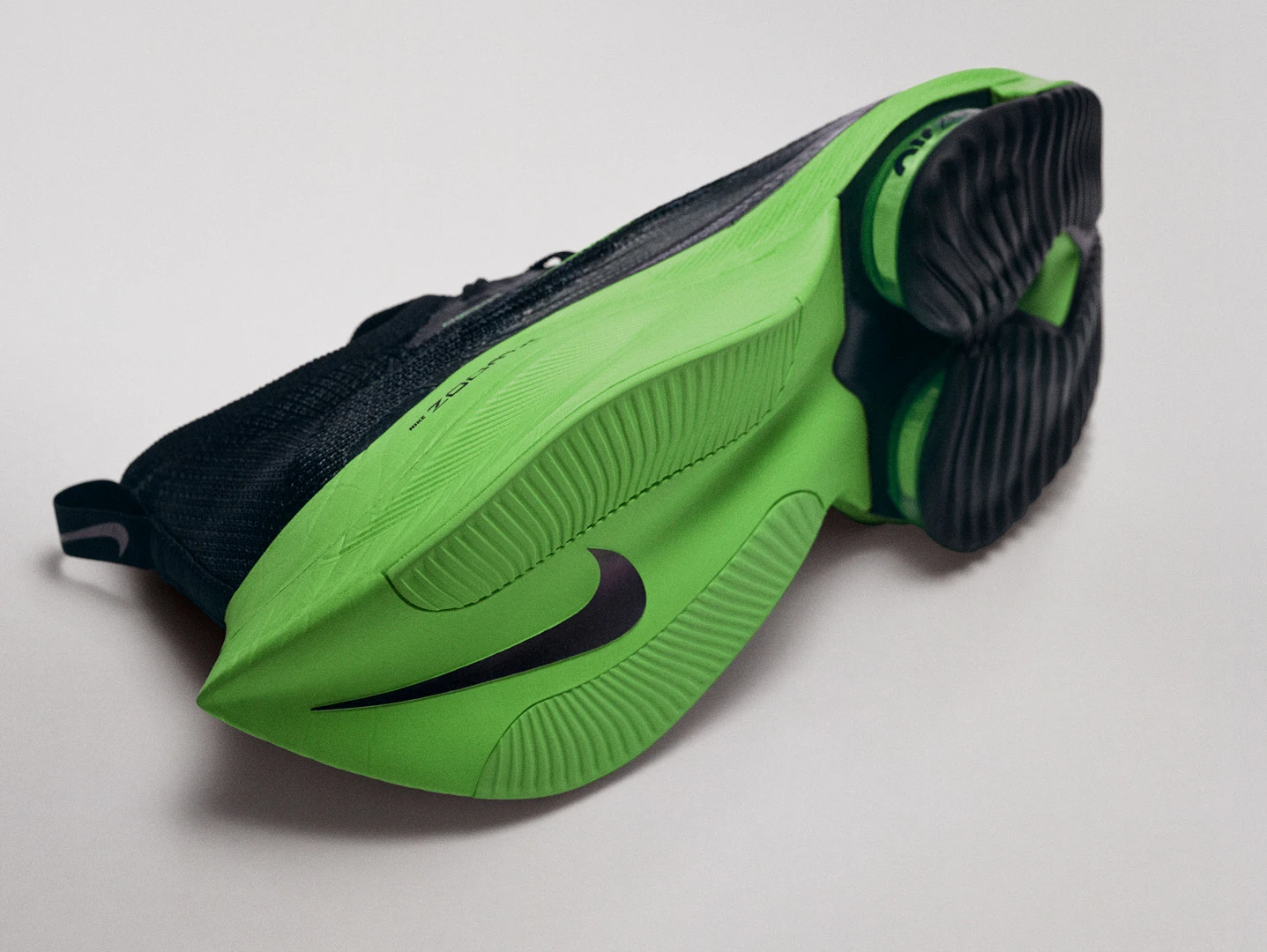
The new line includes the Nike Air Zoom Alphafly Next% for marathoners and Nike Pegasus Turbo Next% for “everyday runners.” These new running shoes feature a mix of one carbon fiber plate, two air bags, and energy return foam.
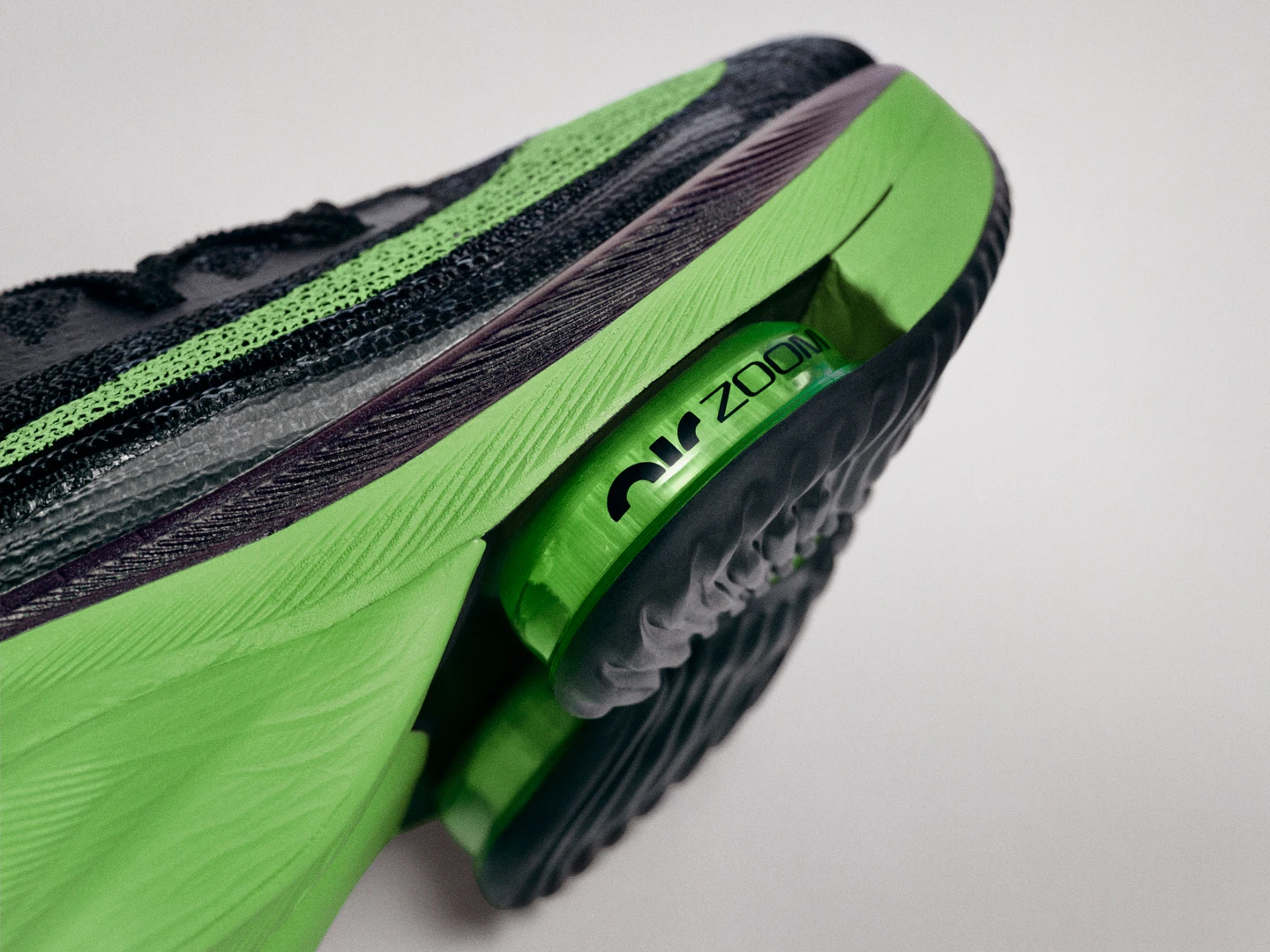
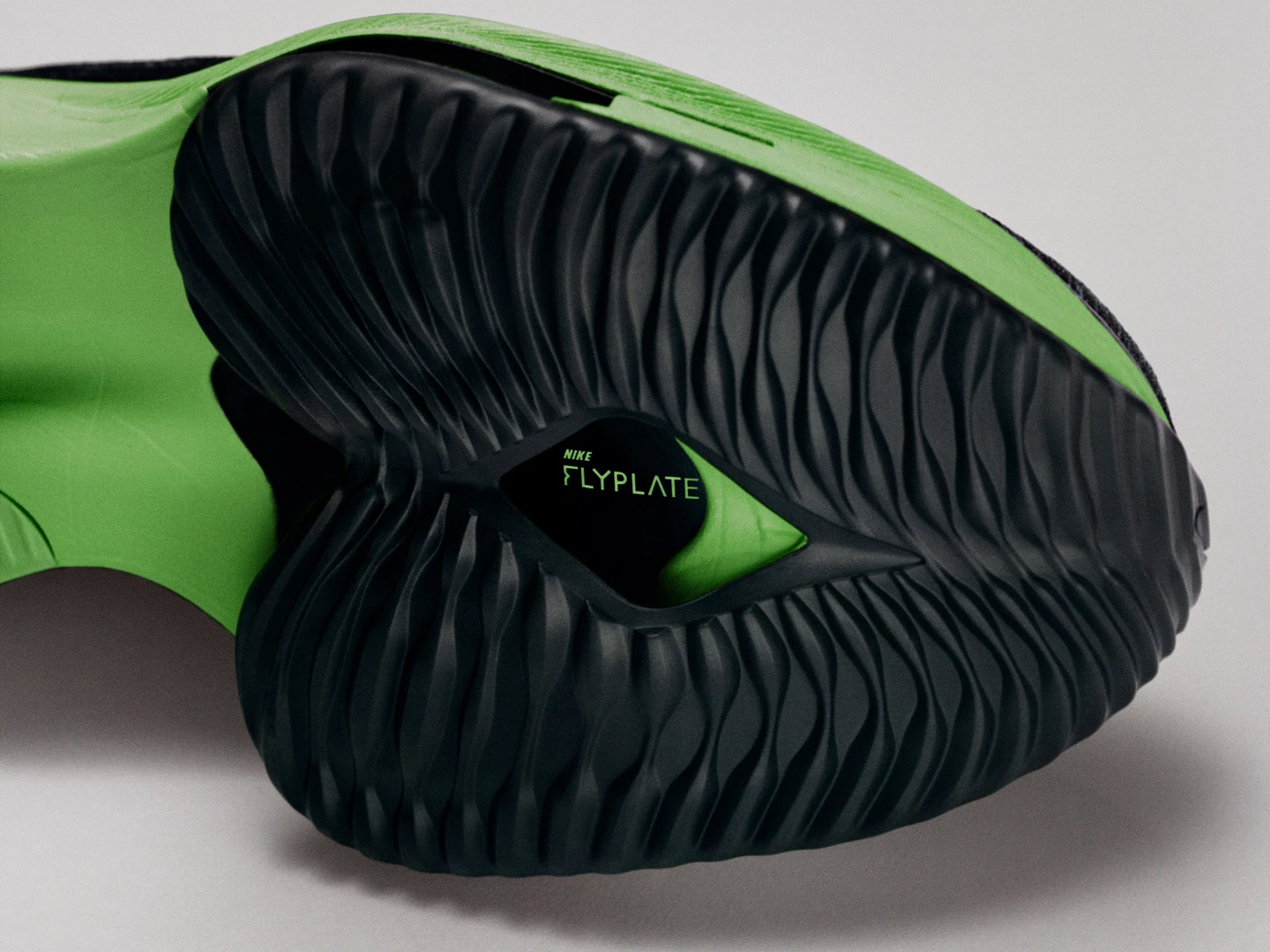
“Innovation for us is a commitment not a guarantee. When you get something that works, we’ll, of course, adjust to any potential constraint we’re given,” says Hoke. “We will continue to innovate. Innovation is the progression of sports . . . and how it moves ahead. Quick answer: We’re not concerned.”
Nike didn’t have much reason to be. One of the shoes may be currently banned in competition, but the R&D that went into it, and many additional shoes, is clearly not going to waste.
Nike is moving full steam ahead in spreading the Next% technologies to other sports. On top of its new shoes for runners, Nike will be expanding beyond track and field, releasing a version for basketball players called the Nike Air Zoom BB NXT this July with similar technology to the consumer running shoes.
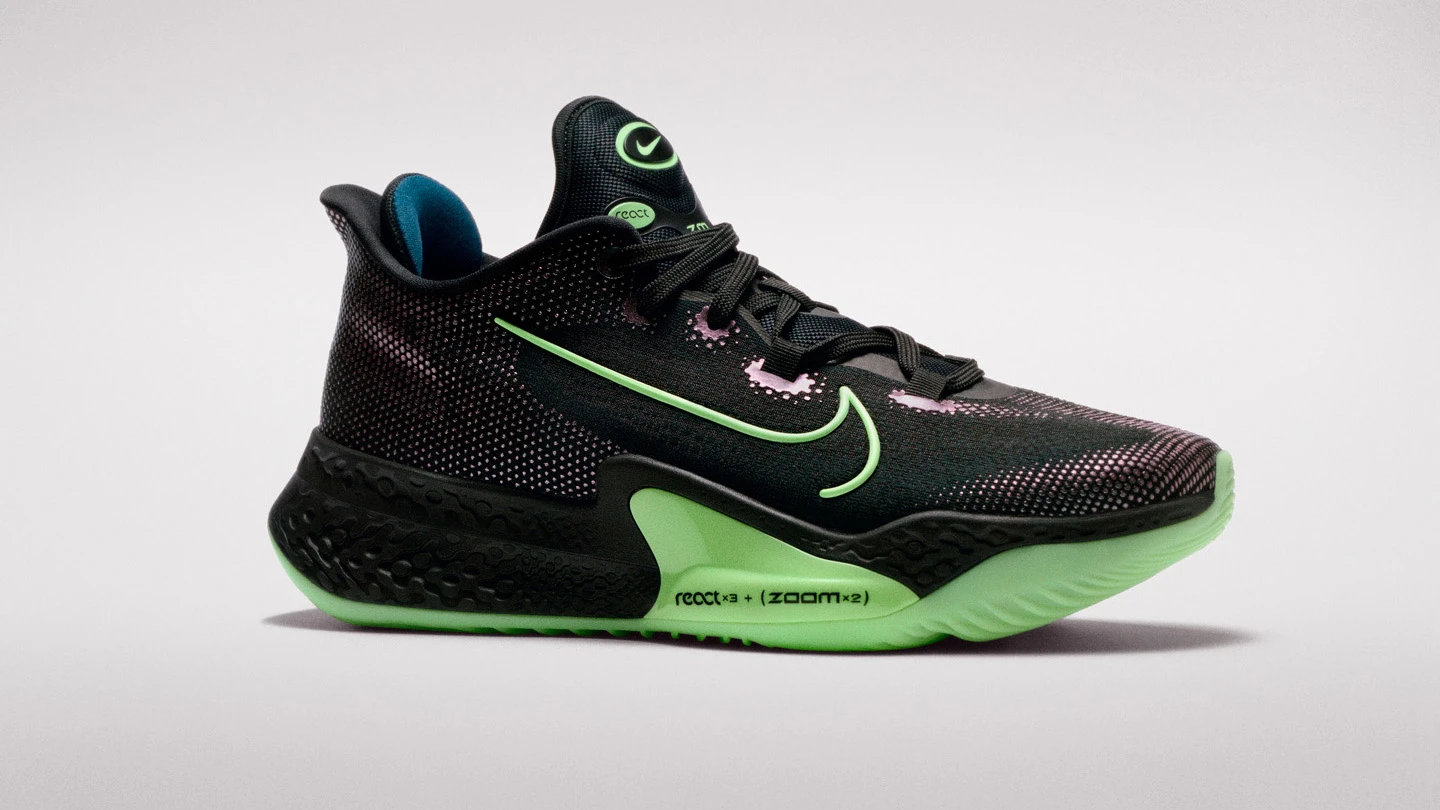
Basketball makes for an intriguing application of Nike’s technology. “[In basketball], we do believe there’s a huge benefit to combining foam sets with carbon fiber plates and Zoom airbags,” Hoke says. “We know they have better traction and are fresher in the fourth period, [lessening] fatigue. This is step one on the journey to progressing basketball forward. The dimensions of the court haven’t changed. But the pace and speed of the game are speeding up. So we’ll continue to push.”
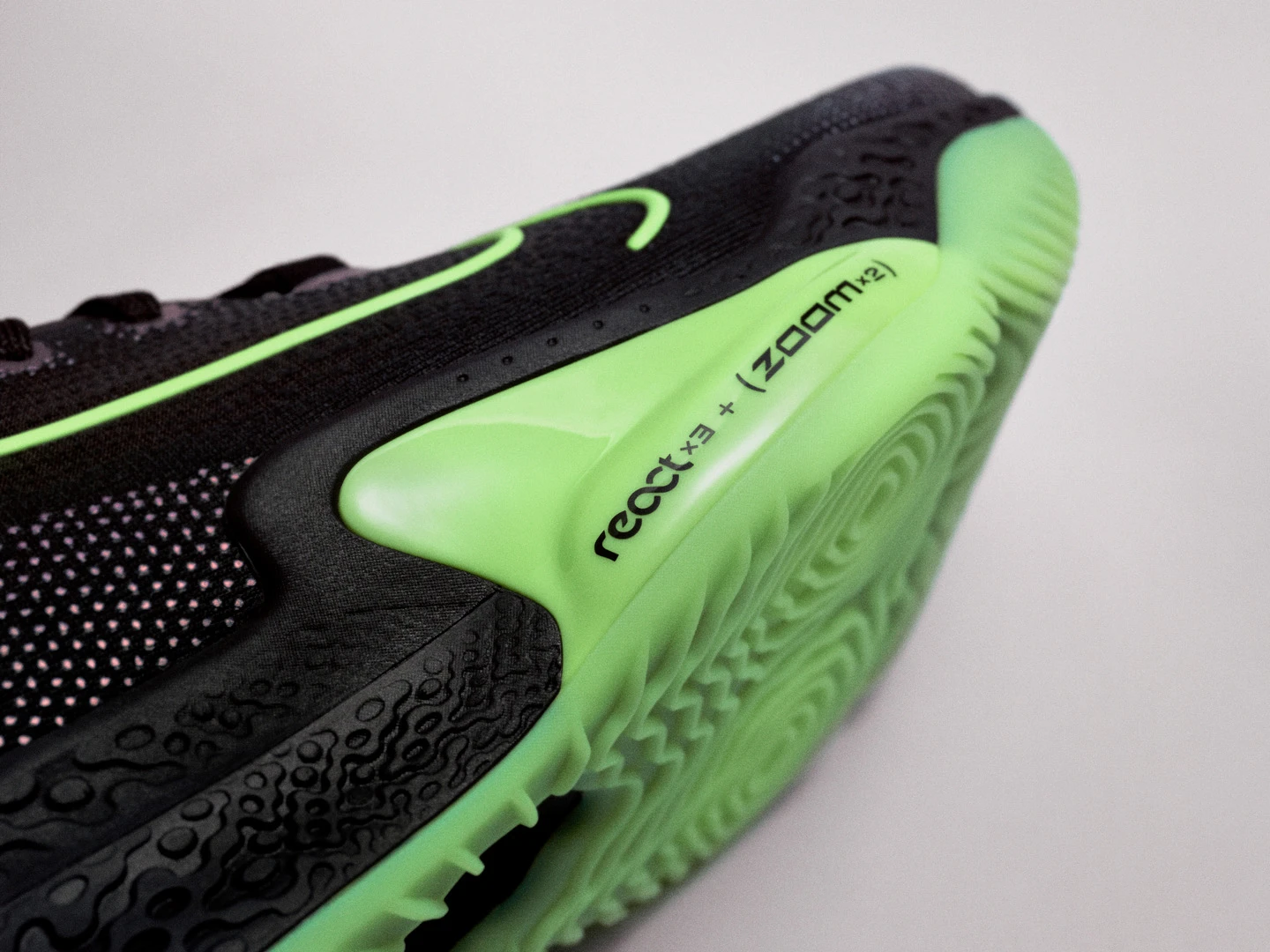
What might that look like? As Nike’s press release puts it, you can actually quantify what a 1% energy return difference would make over the course of an NBA career: “Imagine a world where Kobe scored 336 more points, leading to additional game winners. Or LeBron James with 90 additional rebounds that could swing multiple title runs.”
If Nike’s claims are true, these “Next”-era technologies could go a long way toward enhancing the game of basketball. This is an important distinction from how carbon fiber and foams have been used in running. Whereas the technology can fundamentally alter the sport of running with its legacy-crushing advantage to speed, it can make basketball slightly, but measurably, more energetic, in a way that won’t break the game but simply make it more exciting. I can’t help but wonder if, as a result, we will see two faces to Nike innovation in the future: one end that’s restrained for global track and field competition, and one that goes all-out to get LeBron James as much air time as possible.
This article has been updated to clarify the exact type of shoe that World Athletics has banned in competition.
Recognize your brand’s excellence by applying to this year’s Brands That Matter Awards before the early-rate deadline, May 3.
